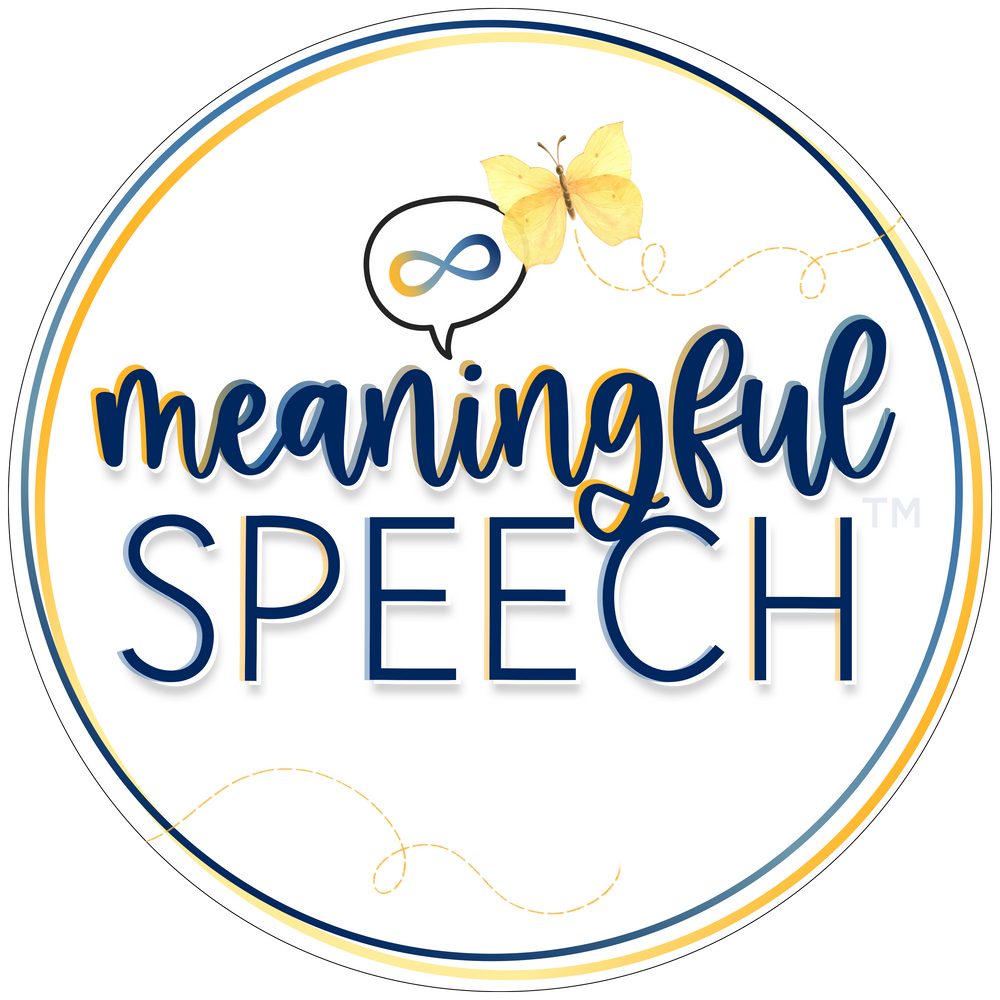How can we adapt AAC programming and implementation for GLPs?
Feb 15, 2023
AAC apps and devices are currently created with analytic language processors in mind. They’re set up for users to start with single words. But, our gestalt language processors (GLPs) don’t start their language journey with words. They start with gestalts (intonationally defined, long or short units of language that hold a larger meaning, usually tied to an emotional or dramatic experience). They do not recognize single words as units of meaning in the early stages of their language journey. This is why many GLPs do not make progress with AAC despite intensive modeling with a robust system.
What can we do for our GLPs to help them be more successful with AAC?
- Leave robust AAC organizations "as is." We want the system to grow with the child. Once the child gets to the later stages of gestalt language development they will need single words, core words, and supports for grammar.
- Add in gestalts to the system. Gestalt language processors in Stages 1 & 2 need more gestalts. Add these into the system where they make sense based on the AAC organization (group folders, topics, social page, etc.).
- Model gestalts using aided language input. Model using spoken words while also touching the symbols on the device.
- Allow the child to explore AAC. It's like learning a new language. They need to explore and "babble' on it!
- Acknowledge their gestalts. When the child uses gestalts, acknowledge them and continue to model new gestalts.
- Input characters, media clips, any and all interests. We want to individualize every child’s device so that they have the opportunity to communicate messages that are meaningful and relevant to them.
- Consider recording speech. If the child displays difficulties processing synthesized speech consider recording speech on the device to help children process and tune into the language on their device.
We don’t want to prompt GLPs that are using AAC
Another important thing to note is that we do not want to prompt GLPs that use AAC. You may have seen Alternative & Augmentative Communication (AAC) "prompting hierarchies" on the internet and being shared by some AAC communities and courses. These prompting hierarchies are not helpful to gestalt language processors that use AAC. Here’s why…
- Gestalt language processors (GLPs) need natural language modeling and their language is best supported using the Natural Language Acquisition framework (Blanc, 2012).
- Prompting is adult-directed and done expecting a certain outcome. It assumes we know what the child wants to say. We can't ever know exactly what < someone wants to say.
- Prompting can create "prompt dependency" and the child may only initiate, maintain, or respond with communication (spoken or AAC) when prompted.
- Prompting can "squash" spontaneous language (gestalts OR flexible language) as the child is conditioned to wait for that prompt. Prompted gestalts are not natural and spontaneous so they cannot be scored with a natural language sample.
Interested in learning in-depth about determining if a GLP would benefit from AAC, strategies to support them, and programming their devices?
Our new AAC for Gestalt Language Processors Meaningful Speech course is HERE! From 2/3/23 until 2/17/23 you can get $50 off of the course with the code “AAC50” at checkout. The course will teach you in-depth how to identify, evaluate and support gestalt language processors who use AAC or may need AAC. There are modules on different AAC apps, strategies and suggestions for programming. Sign up for the course here.
